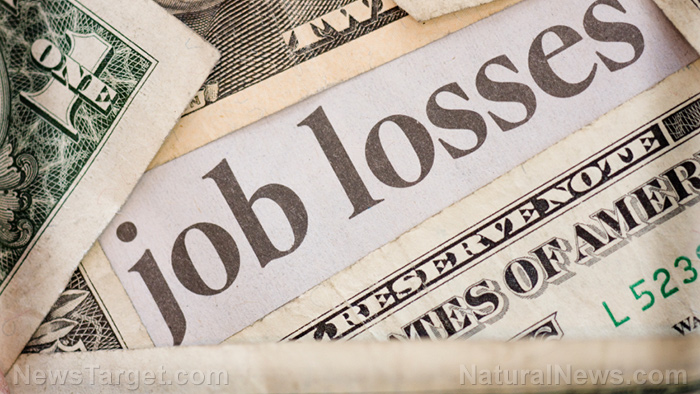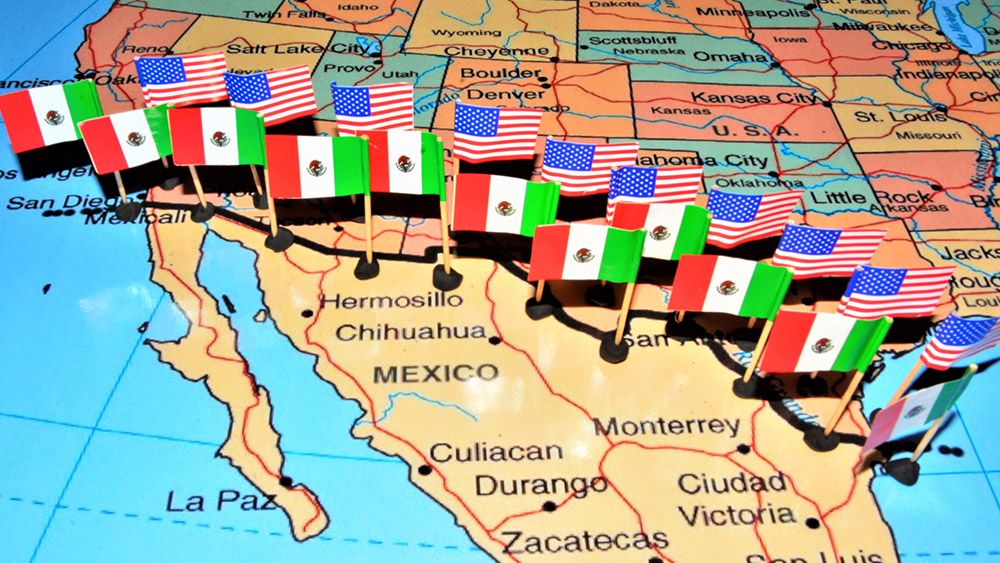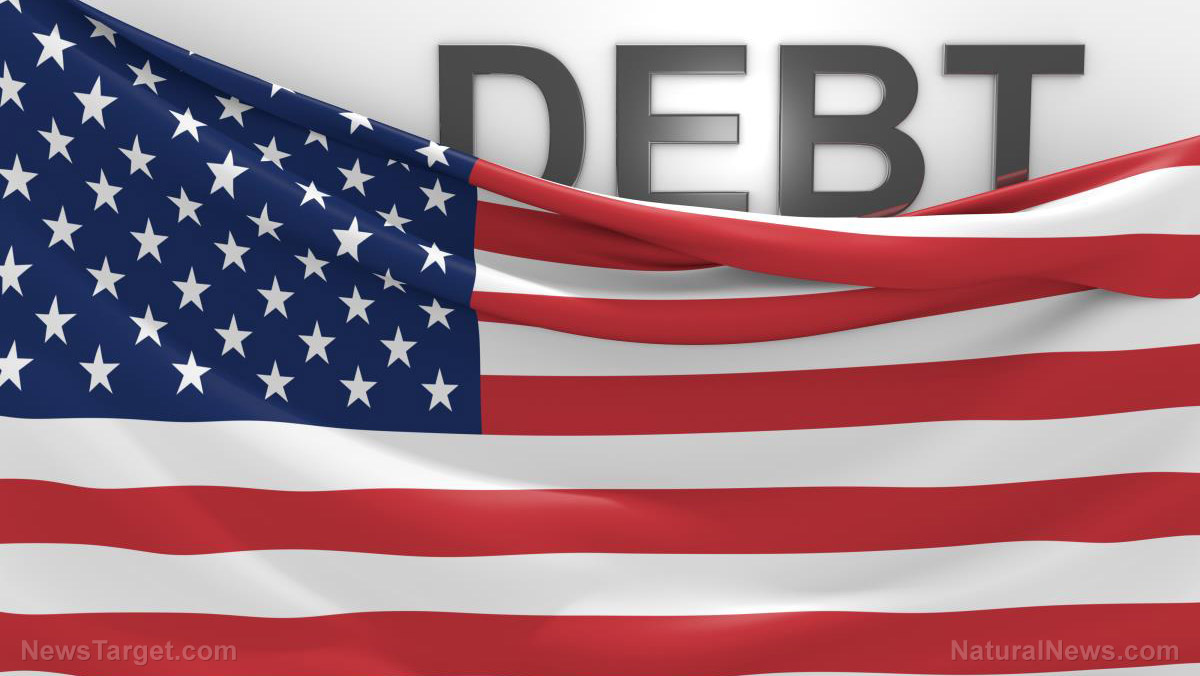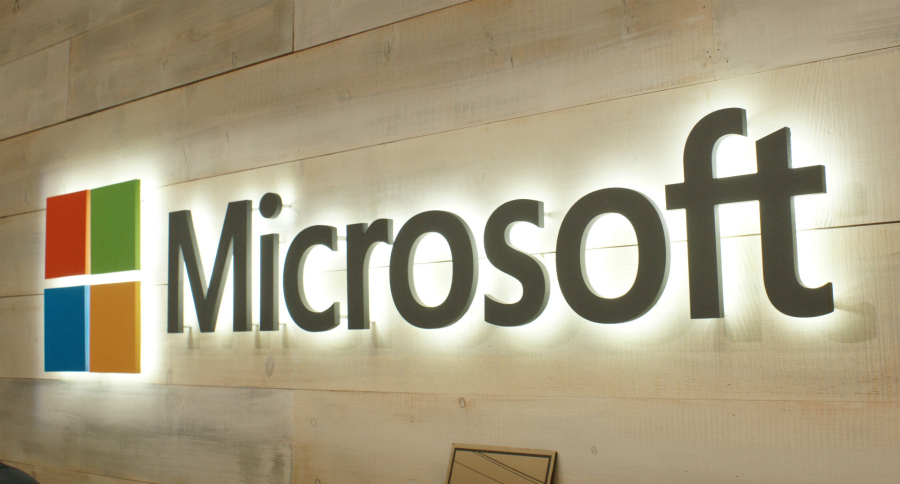 Parler
Parler Gab
Gab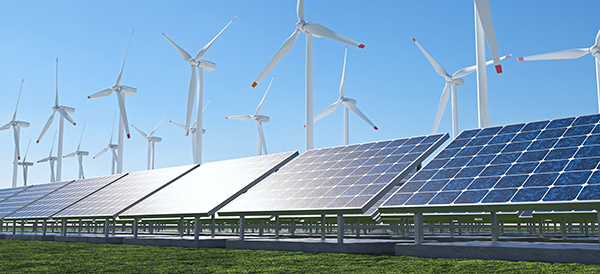
- Wind power purchase agreement (PPA) prices in North America have risen nearly 14 percent since 2024, outpacing solar energy cost increases, driven by new tariffs, permitting hurdles and financing challenges.
- Additional Trump administration tariffs are expected to push wind energy prices another 10 to 15 percent higher, further straining household and business budgets.
- The rush to meet federal tax credit deadlines has tightened supply and increased financing costs, contributing to higher PPA prices.
- Restrictive federal permitting policies for wind energy projects add to the financial burden and reduce the availability of clean energy projects.
- The rising costs of wind energy, coupled with the likelihood of further increases, raise urgent questions about the affordability of America's energy transition for consumers.
OBBBA deadlines and corporate demand tighten supply
The One Big Beautiful Bill Act (OBBBA) has intensified competition for tax credit-eligible projects, with many developers sidelining ventures unlikely to meet deadlines. Collier noted this has reduced available clean energy projects even as corporate buyers accelerate procurement. Wind energy faces additional hurdles from restrictive federal permitting policies, while corporate buyers favor it for 24/7 clean energy goals. Lange cautioned that upcoming tariffs – not yet factored into contracts – could push PPA prices another 10 to 15 percent higher. Despite rising costs, Lange noted PPAs remain valuable relative to wholesale energy prices. However, neither he nor Collier expects relief soon. "It's hard to envision a world where prices are going to decrease," Collier said. The key question is whether hikes will be gradual or sudden as OBBBA and tariff policies fully take effect. As wind energy costs outpace solar, the financial burden on consumers grows – with further increases looming. The debate over tariffs, financing and permitting underscores the fragile balance between energy transition goals and economic reality. With affordability at stake, policymakers and industry leaders face mounting pressure to address these challenges before energy bills spiral out of reach for everyday Americans. Watch this video about the massive quantity of energy and resources required to construct a single wind turbine. This video is from The Prisoner channel on Brighteon.com. Sources include: UtilityDive.com BrightU.ai Brighteon.comThe great NGO purge: Layoffs hit 22-year high as funding freezes amid RICO threats
By Willow Tohi // Share
China’s rare earth DOMINANCE threatens U.S. prosperity
By Lance D Johnson // Share
U.S. surveillance flights over Mexico signal escalating cartel crackdown under Trump
By Belle Carter // Share
Trump announces affordable Ozempic plan amid safety concerns and Novo Nordisk executive collapse
By Finn Heartley // Share
Americans feeling the strain as household debt and credit card obligations hit new highs
By Ramon Tomey // Share
Governments continue to obscure COVID-19 vaccine data amid rising concerns over excess deaths
By patricklewis // Share
Tech giant Microsoft backs EXTINCTION with its support of carbon capture programs
By ramontomeydw // Share
Germany to resume arms exports to Israel despite repeated ceasefire violations
By isabelle // Share
